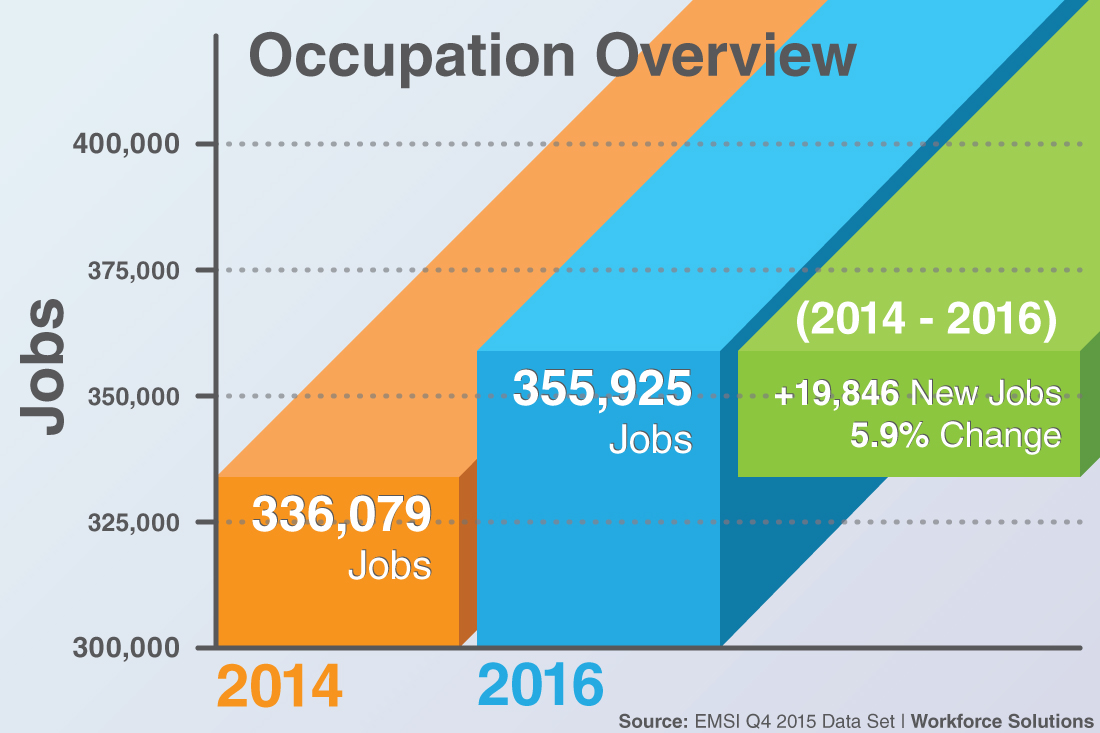
MARIO GONZALEZ/ THE RIDER
The income gap between the top 5 percent and bottom 20 percent in Hidalgo County has increased despite good economic performance and steady job growth.
A recent report by the Brookings Institution, a nonprofit public policy organization, ranked the McAllen Edinburg-Mission Metropolitan Statistical Area (MSA) as having the fifth highest income inequality ratio in the nation. In its 95/20 ratio, which takes into account the households earning more than 95 percent and those earning more than only 20 percent of all other households, the metro area was given a 10.7 ratio in 2014, 0.9 higher than 2007, and 0.2 higher than 2013.
In an email providing facts about his report, Alan Berube, lead author, senior fellow and deputy director of the Brookings Metropolitan Policy Program, highlighted that income inequality usually reflects the economic structure of a city or metropolitan area. The income workers earn is a product of the types of industries and jobs a place has, Berube said.
According to a report provided by Workforce Solutions, a Texas Workforce Commission workforce development board, the education, health, government, trade and transportation industries employ around 68 percent of the workforce. Additionally, the U.S. Census Bureau’s data shows that only around 15.9 percent of people 25 and older hold a bachelor’s degree, a requirement for most high-skilled jobs.
“What we have here is a large number of people with less than a college education,” said Salvador Contreras, an assistant professor in the Economics and Finance department at UTRGV. “[We have] a large number of people with just a high school education.”
Lower levels of education could compound other factors that may help explain why this level of inequality exists,Contreras said.
The Brookings Institution report shows that the 20th percentile had an average income of $12,760 in 2014, a 9 percent decrease from 2007, the year before the Great Recession. Those earning more than the 95th percentile, on the other hand, had an average income of $136, 570 in 2014, a decrease of 1 percent from 2007.
“There’s clearly a strong indicator that inequality may, perhaps, be a problem in the area,” Contreras said. “The lowest 20’s income fell over 2013, [and] so did the top 5. It made it more unequal … both are being hurt here.”
Oddly enough, according to the Brookings Institution’s Metro Monitor, which measures and analyzes regional economic trends, the area has seen a five-year increase of 18.8 percent in its gross metro product, or economic output, making it eighth in the nation, and a 10.2 percent increase in employment, making it 20th in the nation. The average wage, however, has only grown 1.1 percent over the same period, making the area 71st in the nation.
“This economic growth has benefited the bottom 20 [very little],” Contreras said. “The poorest have not benefited, they’ve been left out from this increase [in growth].”
However, it is not all bad news.
“The data likely indicates that economic growth in the area is benefiting those who are in the middle of the income distribution,” Contreras said. “If both the bottom 20 are losing, the top 5 are losing, the money has to be redistributed somewhere else, at least as a share of income.”
Income inequality is not the same everywhere, Berube said, but there are some general actions a local government can take. Aligning workforce development and higher education to ensure that people are prepared for the jobs, considering local living and minimum wages in strong cities and boosting the supply of affordable housing through methods including transit-
oriented development, inclusionary zoning and multifamily property tax exemptions could lessen the impacts of inequality.






